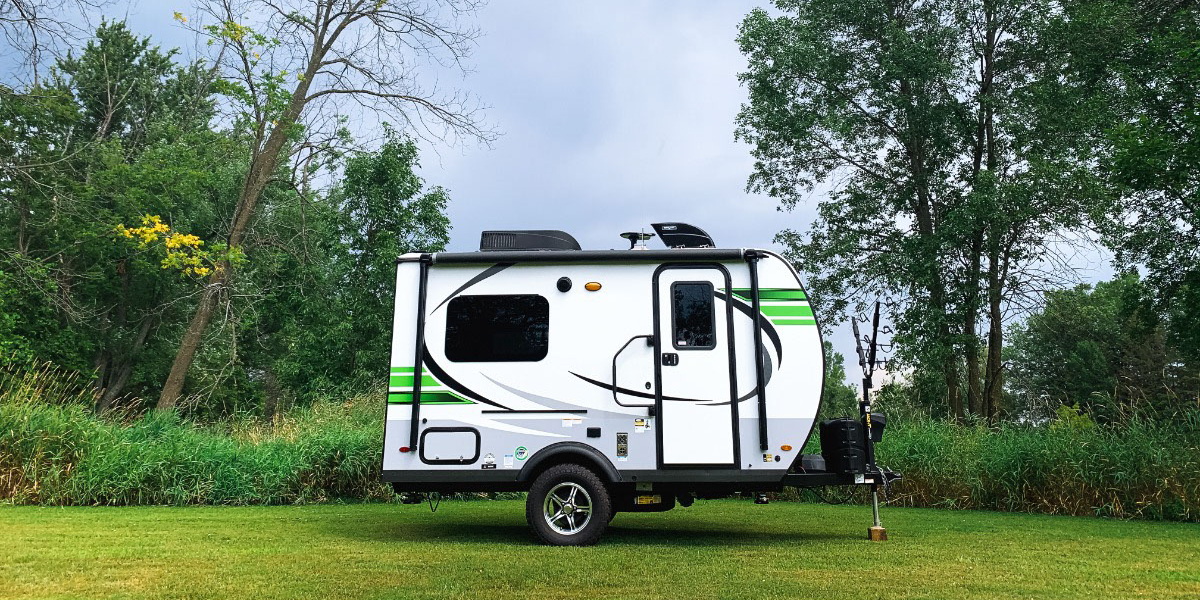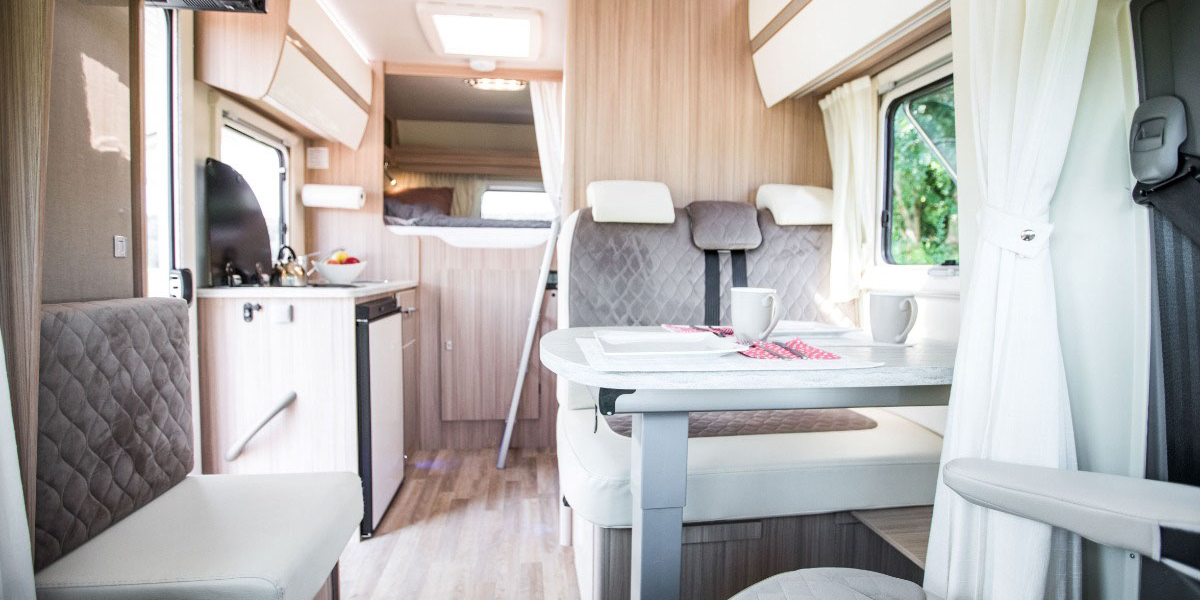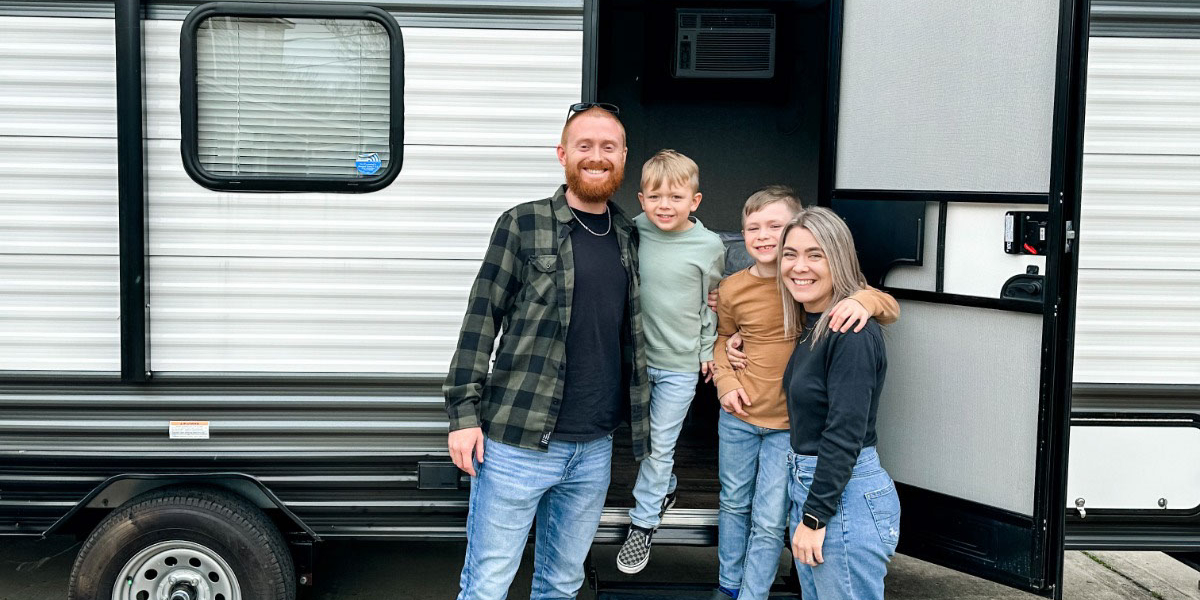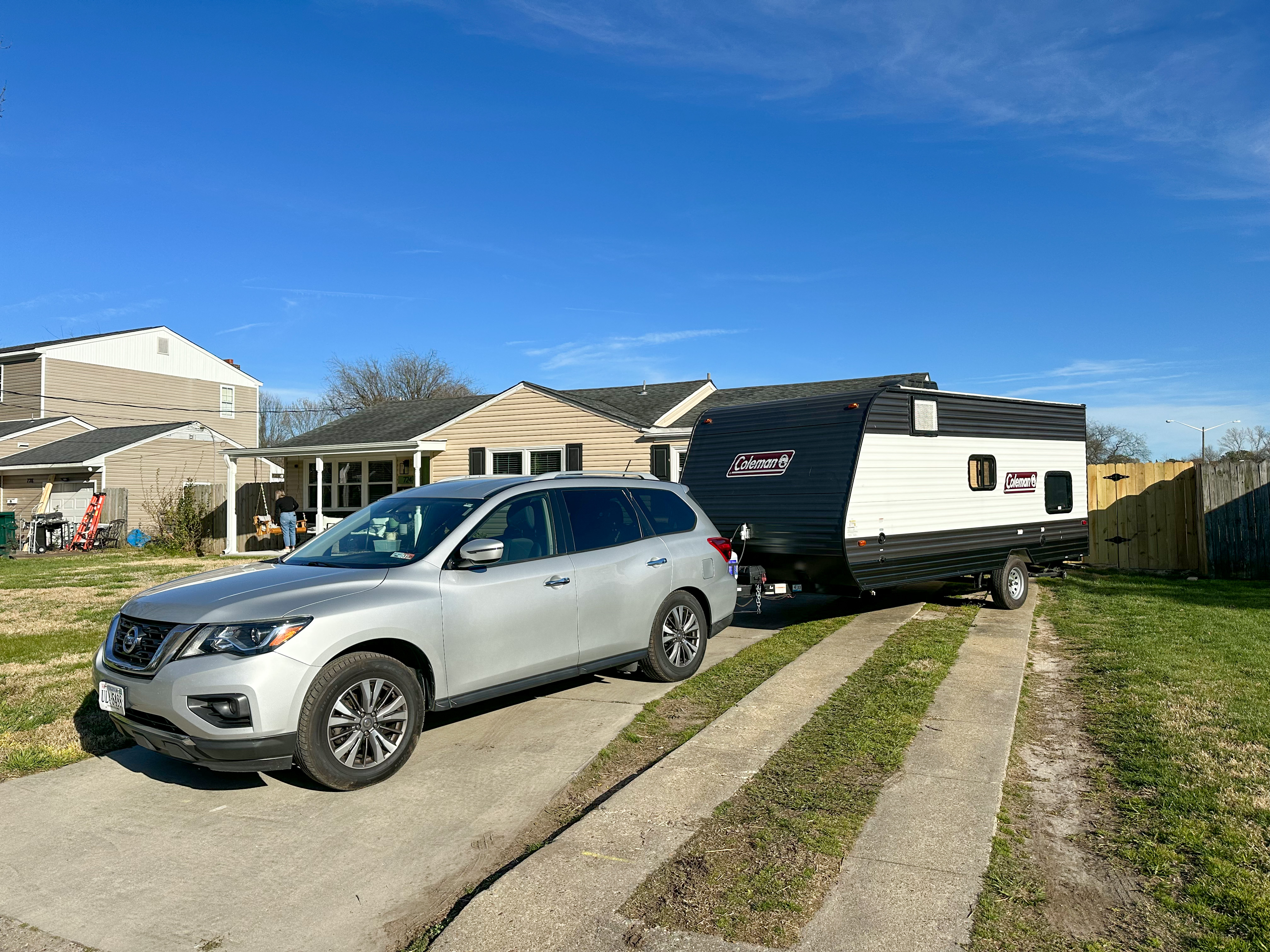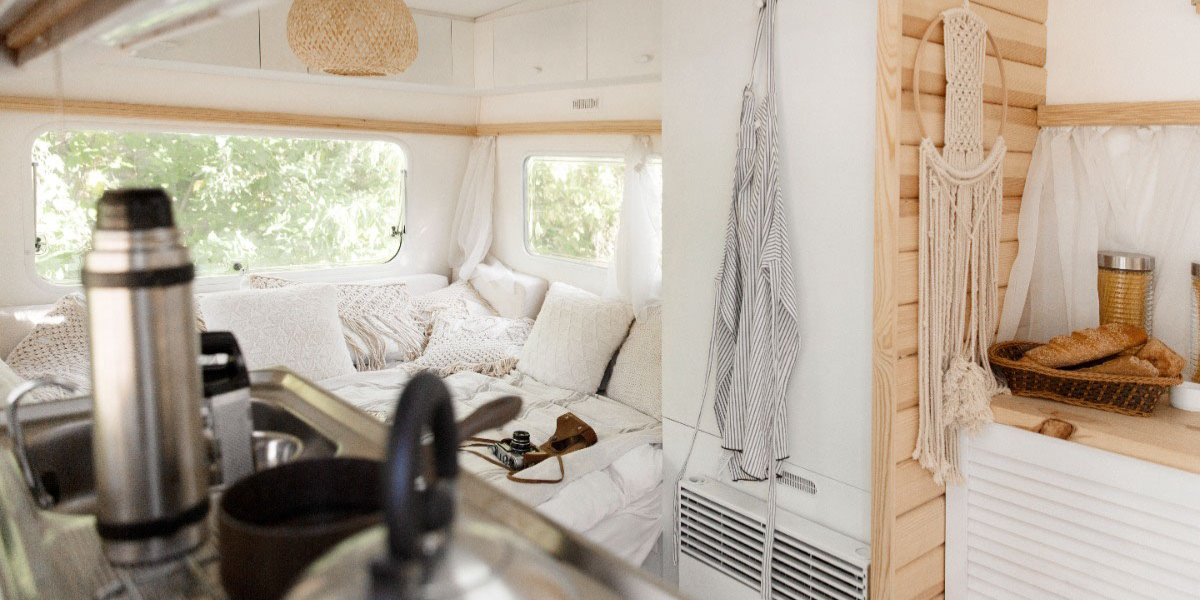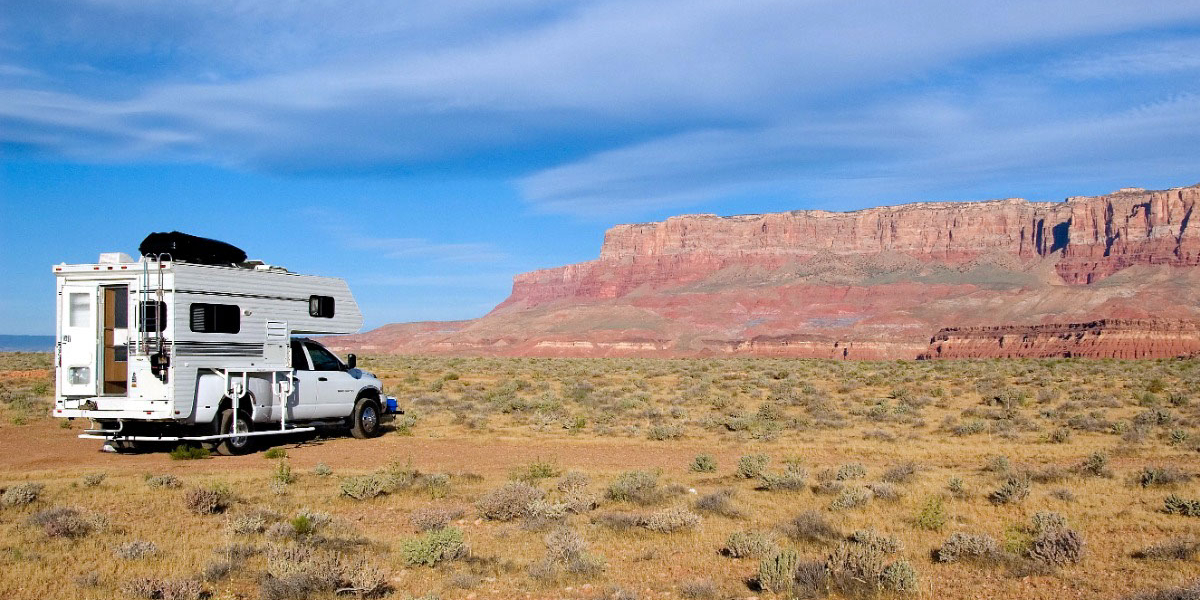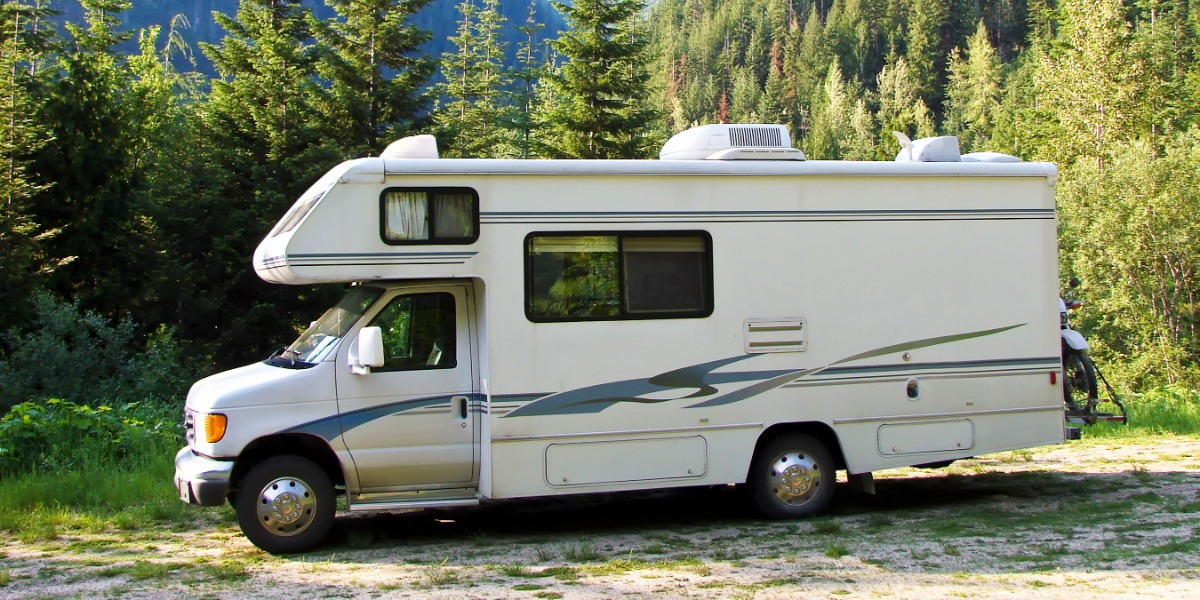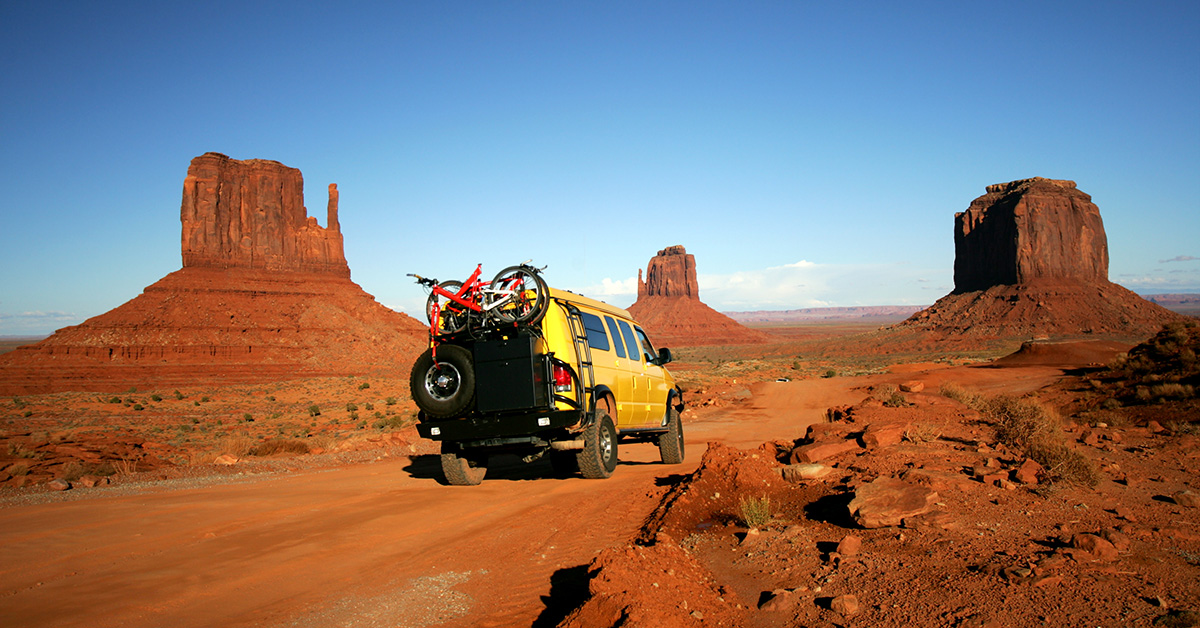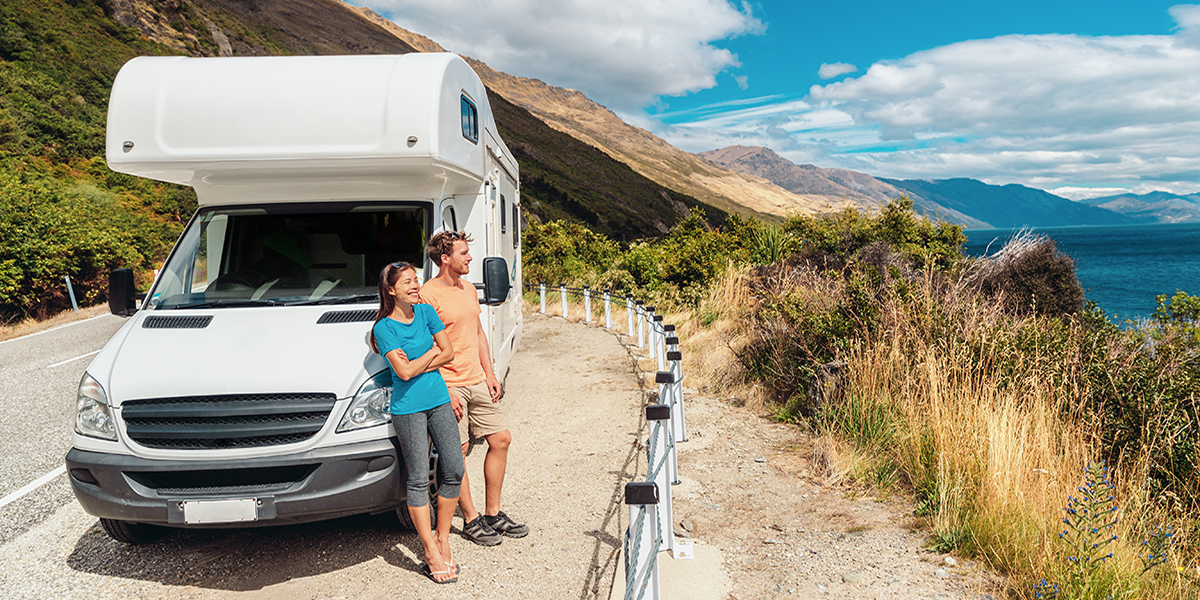If you’re a fan of the RV lifestyle, you know that renovating and maintaining your motorhome can be a significant expense. As the cost of living continues to rise, it’s important to have a clear understanding of the expenses involved in renovating an RV in 2023.
In this article, we’ll supplement RV Trader’s Renovation Guide with a discussion of all things related to reno costs, covering everything from the price of materials and labor to helpful tips that will help you save money along the way.
Whether you’re a seasoned RV enthusiast or just starting out, keep reading to learn more about the cost of renovating an RV in 2023.
Popular RV Renovation Trends for 2023
As we head into 2023, there are several RV renovation trends that are becoming increasingly popular. One of the most exciting trends is the use of designs that are similar to a modern modular home with loft space.
This trend allows RV enthusiasts to create a living space that is both functional and stylish, with ample storage and comfortable sleeping quarters. These designs often feature clean lines, modern finishes, and an open-concept layout that maximizes space and creates a sense of flow. The modular design of these RVs allows for easy customization and reconfiguration, making it possible to create a truly unique and personalized space.
Additionally, many RV owners are incorporating innovative technology into their renovations, such as automated lighting and climate control systems, to make their home on wheels more convenient and comfortable.
Other popular trends include the use of eco-friendly materials, which help to create a more sustainable and efficient living environment. As more and more people embrace the RV lifestyle, these trends will continue to shape the way we think about mobile living spaces.
Understanding the Cost of RV Renovations
When renovating your travel trailer or other RV, the cost can vary based on several different factors. The age and condition of your RV are significant factors that will impact the renovation cost. The extent of the required renovations and the materials and labor involved are also crucial cost drivers.
There are a few common renovation projects that RV enthusiasts might consider, including upgrading the kitchen, bathroom, and dinette. For example, renovating the kitchen may require installing new countertops, cabinets, and appliances, which can cost between $2,000 and $4,000.
Upgrading the bathroom may involve replacing the toilet, shower, and sink, which can cash in between $1,500 and $3,000. Lastly, renovating the sleeping area may require upgrading the bed, adding storage, or installing a Murphy bed, which can cost between $1,000 and $3,000.
Budgeting for RV Renovations
Creating a realistic budget is a crucial step when renovating your toy hauler or other RV. The first step is to research the cost of materials and labor. This research will provide a clearer picture of how much the renovation may cost and help you make informed decisions about which materials to use and the extent of the renovation project.
It’s essential to prioritize necessary repairs to avoid overspending on luxury upgrades. To save money, consider doing some of the work yourself and buying used or recycled materials. For instance, repurposing a wooden pallet into a headboard for the bed or using repurposed kitchen cabinets for extra storage can save you a lot of money.
Choosing the Right Motorhome Renovation Professional
Working with a qualified RV renovation expert is crucial. With specialized knowledge and experience in handling RV-specific issues, they can help you save time and money in the long run. Here are some factors to consider when selecting an RV service technician:
- Credentials. Check the credentials, including their licenses,certifications, and training. You want to work with someone with the proper training and experience to handle your RV renovation project.
- Reviews. Read reviews and testimonials from past clients to get a sense of the quality of work the RV service technician provides.
- References. Request references and contact past clients to ask about their experience working with the service center.
The advantages of working with a reputable RV renovation expert include access to specialized tools and equipment, which can save you time and money in the long run, and the ability to troubleshoot and fix any unexpected issues that may arise during the renovation process.’
Small damages here and there can be fixed by yourself without outsourcing help. However, if the damage is substantial, you’ll have to factor in the price of the new parts, plus labor costs. Labor costs can range from $65 to $129 per hour. It’s important to factor in these variables while determining the total renovation cost.
Budgeting for Ongoing RV Maintenance
In addition to renovation costs, it’s essential to budget for ongoing RV maintenance. Regular maintenance can help you avoid costly repairs down the road and keep your RV in good condition for years to come. The cost of ongoing RV maintenance varies depending on the age and condition of your fifth wheel or other RV. However, setting aside a budget of around $300 per year can help cover routine maintenance costs.
Renovating a motorhome in 2023 can be a costly investment, but it can also provide endless opportunities for fun and adventure. By understanding the cost of renovation, budgeting for necessary repairs, and choosing the right RV service center, you can enjoy your RV for years to come. Don’t forget to budget for ongoing maintenance, as this can help you avoid costly repairs and keep your RV in great condition.
Ready to look for a used RV to purchase? Check out RV Trader’s nationwide inventory at RVTrader.com to begin your renovation journey.
By Kevin Fagan, Editor at NextModular
